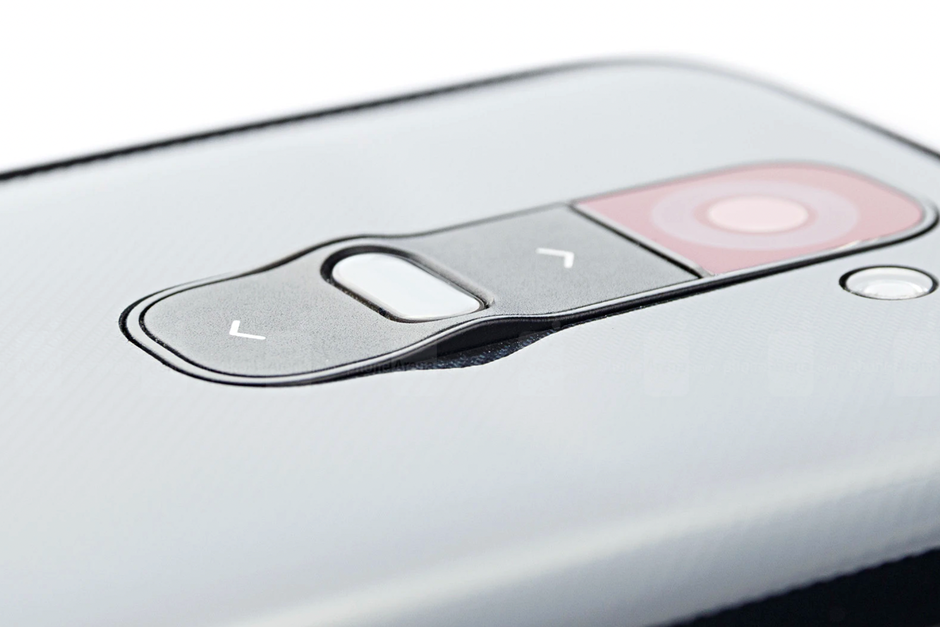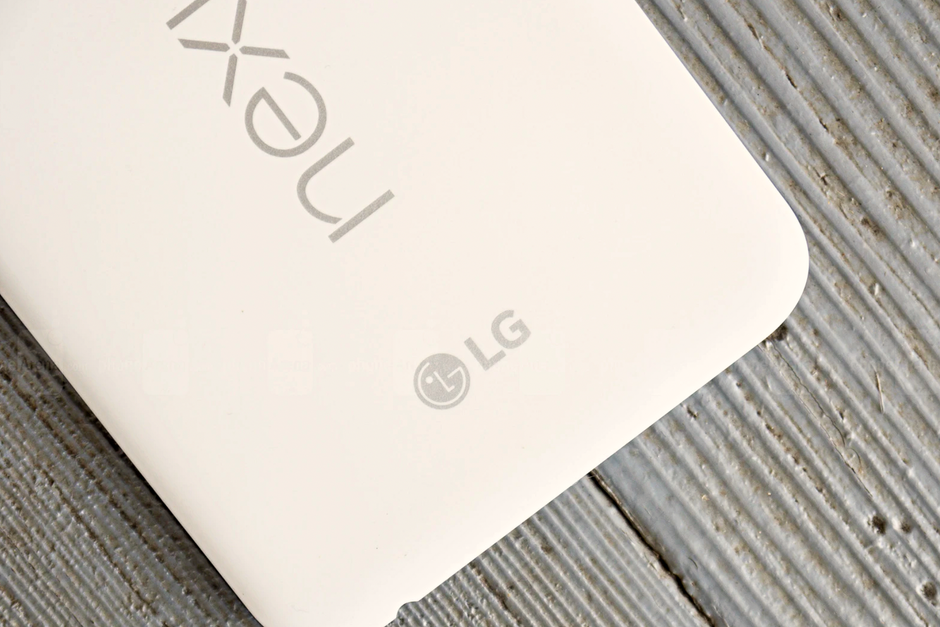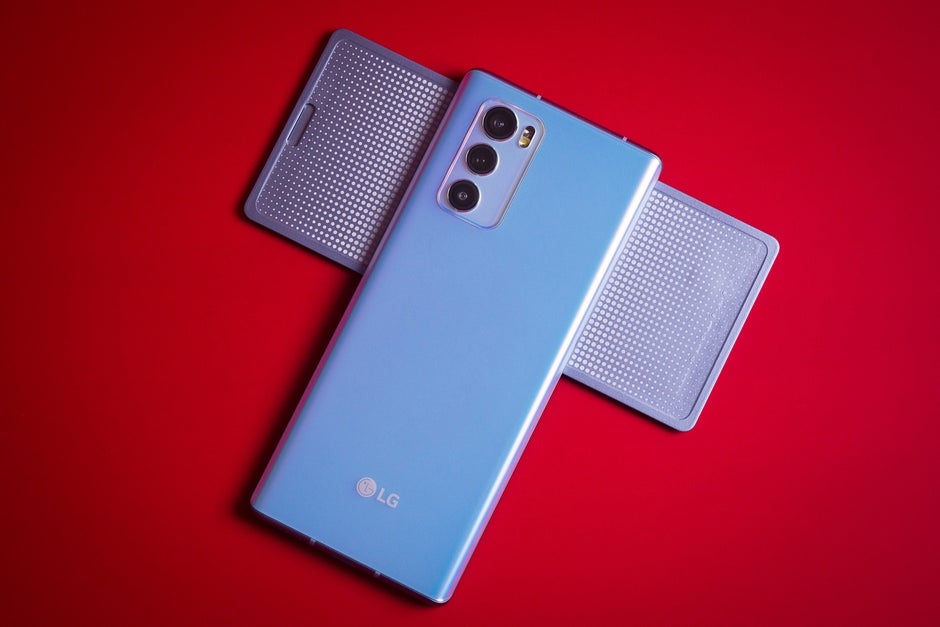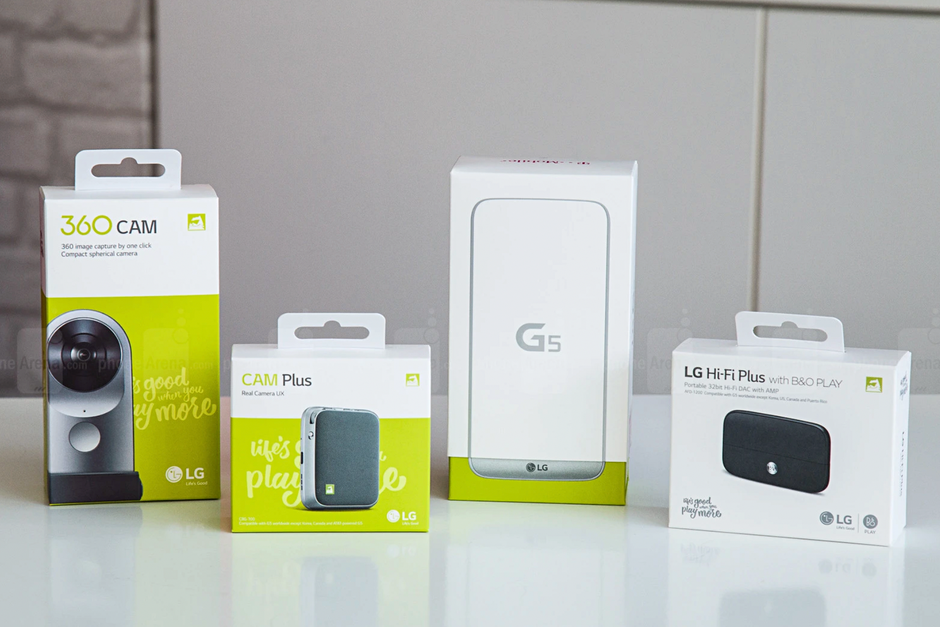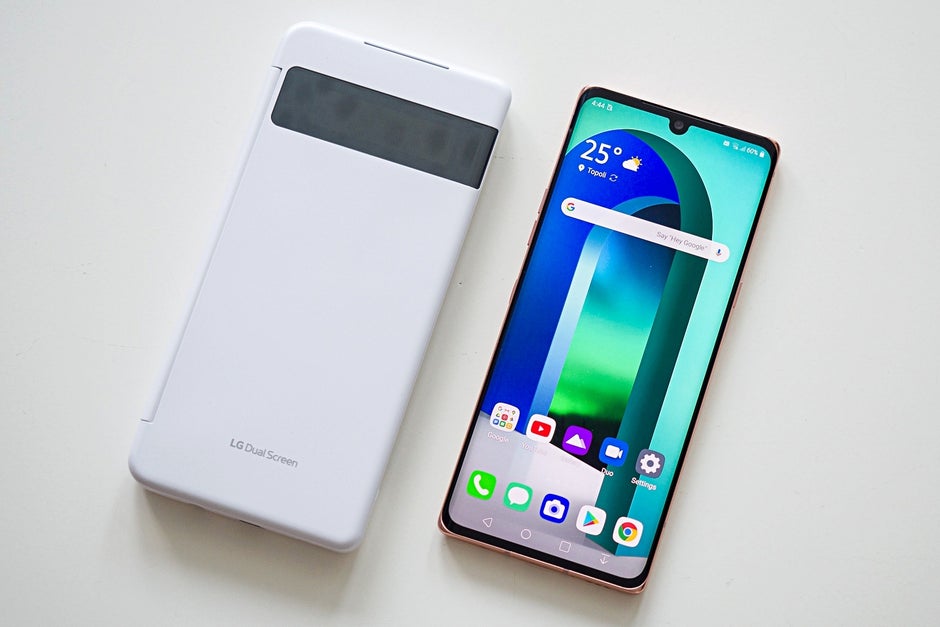A year after LG’s death: commercial failure or suicide in the name of weirdness?
LG was selling feature phones for years until it got its breakthrough model. The Korean brand was always behind Samsung’s feature phones in terms of sales, and at a time when Nokia ruled the world, it mostly offered devices for specific carriers like Sprint and Verizon.
The first vastly successful phone from the brand was the LG KG800 Chocolate. This slider features a design inspired by a black chocolate bar, and was pretty popular, especially among the female population. What made it stand out from the crowd was its touchscreen navigation buttons. These were almost invisible when off, giving the phone a very clear and futuristic look.
Proving itself as a major success, LG continued releasing phones from the Chocolate series and had success across all markets.
The quirky nature of LG continued with the LG enV (pronounced envy), followed by the enV 2. This phone was released in 2006 and featured a 2MP camera, a very thick body, and a tiny display. But that’s what it appeared like at first glance. This phone opened like a laptop, revealing a large (for the time) physical QWERTY keyboard with dedicated navigation buttons and a bigger landscape inner display.
It was all about texting with the LG enV. This phone was sold under the Verizon branding and became very popular not only thanks to its big functionality and ease of use but probably thanks to the popular TV series Gossip Girl too, where it was heavily displayed as lead character Blair Waldorf’s phone. At the time, the show was one of the most-watched in the USA, especially by teenagers, which meant that LG became pretty popular for its text-oriented phones across the young generation. The successor of the enV, which was called the LG Voyager, was also successful.
When the QWERTY physical keyboard gave way to on-screen keyboards, LG struggled to find a bestseller for a while. In the years after the first iPhone, the Korean company tried to establish itself in many things. On one hand, it started to focus more on cameras, introducing the LG KU990, which had an impressive for the time 5MP camera with flash and image stabilization and was popular in Europe.On the other hand, it continued with the quirky designs in the shape of the LG Prada and the LG Crystal, both of which were beautiful, but also pretty weird-looking, and not very user-friendly.
It looked as if LG lost its brand identity again, as it had a vastly colorful phone lineup consisting of very different devices from one another. This meant that LG phones weren’t as memorable as before, because the range often had not much in common in terms of looks and sometimes even features across the different models.
It was time to ditch feature phones, it was time for LG to come up with its first true smartphone.
LG’s smartphone metamorphoses
The first widely popular smartphone from the Korean brand was the LG Optimus GT 540. This phone debuted the Optimus name and seemed to have looks heavily inspired by the company’s Chocolate era. It was once again a phone liked by lots of female customers, as it had a quirky yet stylish design that featured metallic-looking plastic and tiny physical call and home buttons.
The screen was tiny, only three inches, and of a very low resolution. The camera was a 3MP sensor, and I remember it almost always struggling to focus. This phone ran Android 1.6 out of the box and received an update for Android 2.1. All of this, combined with an affordable price tag turned LG into one of the major smartphone players overnight. LG then went to release its first Windows Phone-powered smartphones, the LG Optimus 7 and 7Q (also known as the Quantum). While the phones were nice, and the software ran very smoothly, the operating system was nowhere near ready to compete with iOS and Android because of its lack of apps. Unfortunately, as many of you know, this continued to be the system’s main problem until its bitter end.
The Korean brand quickly realized that Android is the way to go, and focused almost entirely on developing Android phones and new system features for its lineup. LG now wanted to innovate, rather than create something pretty, but dull to use.
The LG Optimus 2X is a clear example of the company wanting to be the first at something. It was the first publicly available phone with a dual-core processor, which was a huge deal at the time. It featured a pretty good 4-inch display, a very impressive 8MP camera, and a whole 512MB of RAM, which was rather large for the beginning of 2011.
LG followed with the first smartphone capable of filming in 3D with… you guessed it, the LG Optimus 3D. This phone also had a bigger by 0.3-inch display than the Optimus 2X, which was supposed to be able to screen 3D videos, although, in real life, the effect was pretty insignificant to the naked eye.
The day came when LG had a winner on its hands. The LG Optimus G was LG’s first Android phone polished enough to compete even with the iPhone 5. Also known as the LG Eclipse, this phone featured 4G LTE connectivity, an amazing high-resolution 4.7-inch screen, a nice camera, lots of RAM, and a powerful Snapdragon S4 processor. Combined with LG’s custom user interface full of mostly-useful features, it was one of the best LG phones of all time.
This phone was also the one used for the basis of the popular LG Nexus 4, which was a massive commercial success, with its clean-looking design, stylish glass back, and stock Android experience. Let’s also not forget that it was way cheaper than the iPhone 5 and the Galaxy S3. LG followed less than a year later with what’s now regarded by fans as its best phones ever, the LG G2, and the Nexus 5, which also shared internals. Both of these featured bigger FullHD displays with larger batteries and more powerful processors. But the LG G2 was the true ground-breaking smartphone of the two. With its volume and power buttons located on its back for better ergonomics, tiny bezels, and one of the best cameras ever put in a phone, LG quickly sold millions of the device.
This was the time when LG also started to develop tablets. The first LG G Pads were good, but like many other Android tablets, they struggled to come out of the shadow of the iPad, and the Korean manufacturer exited the market a couple of years later.
LG’s most successful smartphone to this day is the LG G3. It shared a similar philosophy to its predecessor, but with a QuadHD resolution display, an even better camera, and more appealing commercial looks. This phone gave Apple and Samsung a run for their money.
Unfortunately, the LG G3 was also the phone with which LG’s downward spiral into oblivion started.
Reliability struggles or how to kill a successful smartphone brand
While more than 10 million LG G3 units were sold, this phone left a sour taste in many of its owners. It consistently experienced issues with its software optimization. Users reported the phone is often warm to the touch, turns off randomly, has audio and call issues, and apps like the camera crash a lot. The user interface was also pretty laggy at times.
This was very inconsistent with LG’s previous flagship phone feedback and started ruining the brand’s reputation.
Rather than fix the issues properly, LG made yet another mistake with the LG G4. This phone was an overall improvement over its predecessor, with it having fixed most of the performance issues, but software optimization and reliability were once again unsatisfactory for the most part.
The now infamous boot loop issue first appeared in the LG G4. This problem experienced by many users across the globe consisted of the device being unable to turn on, and staying stuck at the booting screen or constantly restarting. No fix was in sight, and even LG wasn’t sure of the cause of the problem.
Things quickly turned from bad to terrible, when the LG G4-based Nexus 5X started to experience the same problem. The company later admitted the issue was hardware-related and caused by “loose contact between components”, which meant it wasn’t fixable via a software update.
Consumers were outraged by LG. The issue was experienced in even more generations of LG phones, up until the G6 and V30, which are two generations newer than the G4, yikes.
After years of bad luck in terms of reliability, LG was never the same, as popular opinion was that its smartphones were problematic, with poor service support, and hard to sell due to huge depreciation. Samsung had won.
LG’s suicide in the name of quirkiness
As mentioned earlier, LG was always one to experiment heavily with new technology. The company tried anything to distinguish itself from the rest and make a breakthrough. It introduced different form factors, weird and unwanted features, new camera concepts, and display advancements.
The first time LG experimented with a different form factor was with its LG G5. This phone was the first LG flagship with a unibody design, but for some reason, the company felt that people would miss being able to pop out their battery. That’s why it came up with what was called a ‘modular’ design. The LG G5 had a bottom plastic module that popped off together with the battery.
LG also introduced modular parts that took advantage of this design. The user was able to switch modules to add different functionality to the smartphone. There was even a VR headset made specifically for the G5.
There was a problem though. Pretty much no one asked for such modules. See, at the time, unibody phones were clearly the way to go, as they had bigger batteries and stronger bodies. Not many people missed swapping batteries, so the market for such a flagship phone was pretty much non-existent. The modules themselves were also not the easiest to use.
The same year Motorola introduced its own version of a modular design, which was received much better by the public, as the modules were easier to swap and added more useful features. Another problem was that LG never followed up with this concept, ditching it all together before the LG G6, which was good, but conservative in comparison.
The LG G8 ThinQ was another phone that introduced a new feature that no one asked for. It featured Air Motion controls. By having those, you were supposed to be able to control some functions like navigation in apps only with air gestures from your hand. As you might have guessed, the feature didn’t work well, at least not for the most part, and it made navigating harder, rather than easier.
LG’s last flagship smartphone was also one of its weirdest ever. The LG Wing was released at the end of 2020, and featured a rotating OLED screen, with a second smaller screen sitting behind it. The idea was that this will allow users to watch videos while, for example, browsing the internet on the second smaller screen below.
The second screen also added the Gimbal Mode functionality. When shooting a video this way, the camera screen moved via a joystick in the second display. This was pretty cool, especially to see in action.
However, the strange-looking innovative LG Wing was once again a phone no one asked for. LG went out with a bang, literally, as it kind of said screw it, I’ll do what I’ve always wanted to do and was known for, even though it’s what put me out of business, and that was weird smartphones with no actual use to the vast majority of customers, but at least different from the rest.
And there were actually many other strange phones from LG’s past that we left out, like the LG G Flex and the LG Optimus Vu. Is life good now, LG?
Quitting on the edge of glory?
What bugs us the most is that LG quit just when we believed the company was on the verge of a real breakthrough. The LG Rollable concept phone was a fully working prototype of a device with a rollable screen, which according to reports, was very close to production, and would have disrupted the smartphone market if executed right.
But that’s the thing, LG was never known for its good execution. The ideas were always there, but the device you got, in the end, was often not one that made much sense. Still, the rollable smartphone was a brilliant concept, and LG looked to be way ahead of the competition. Now it’s only a matter of time before some other company benefits from this new form factor and releases a commercially available version.
LG was an innovator and a true groundbreaker on so many occasions. The LG G2 revolutionized what an Android phone should be, the LG G5 introduced the first flagship ultra-wide camera, and now almost all smartphones have one of those. The LG V10 and V20 were video-focused flagships that had arguably the best filming camera interface and professional video recording capabilities.
It’s a shame that such a wonderful phone developer had to have an abrupt end, but the smartphone business is tough, and while we are all still sad about LG’s absence from this market, it was probably for the best to cut its losses and move on.
For all the latest Technology News Click Here
For the latest news and updates, follow us on Google News.

